The Arsenal Street Bridges – 1901 to Present.
Unlike the Court, Mill, Vanduzee, Eastern Blvd, and Pearl Street Bridges, the Arsenal Street Bridge does not cross water. Rather, it crosses railroad tracks that go to and from the Watertown CSX Massey railroad yard today.
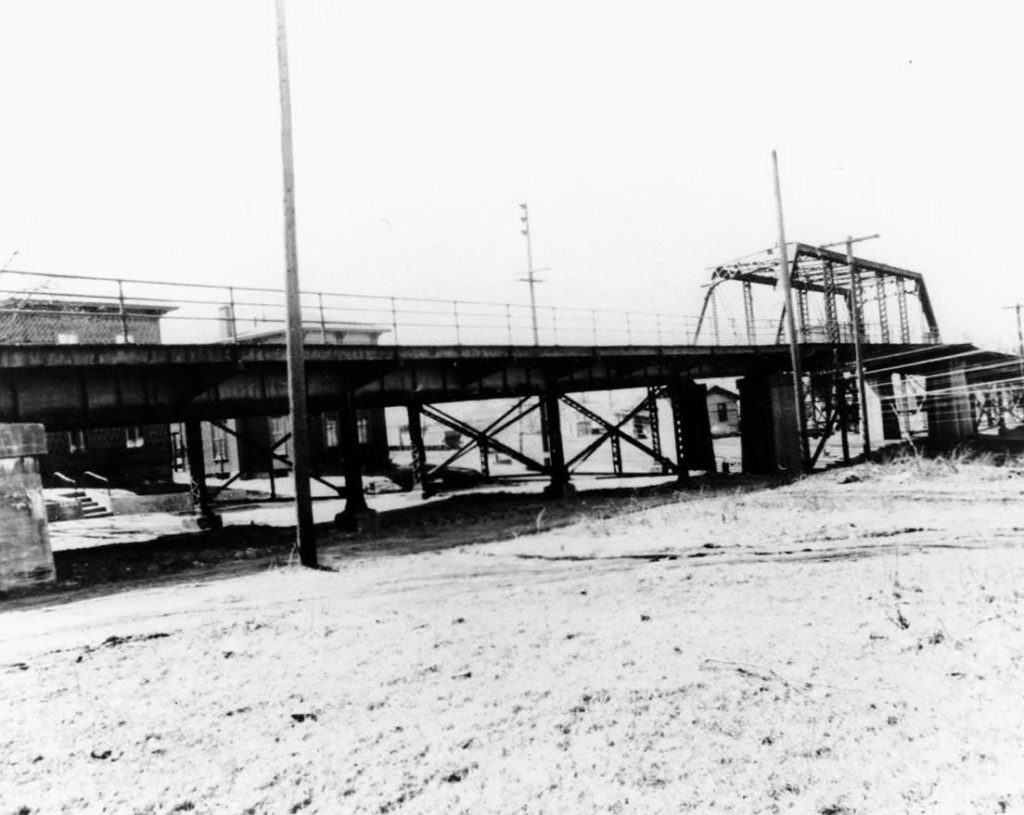
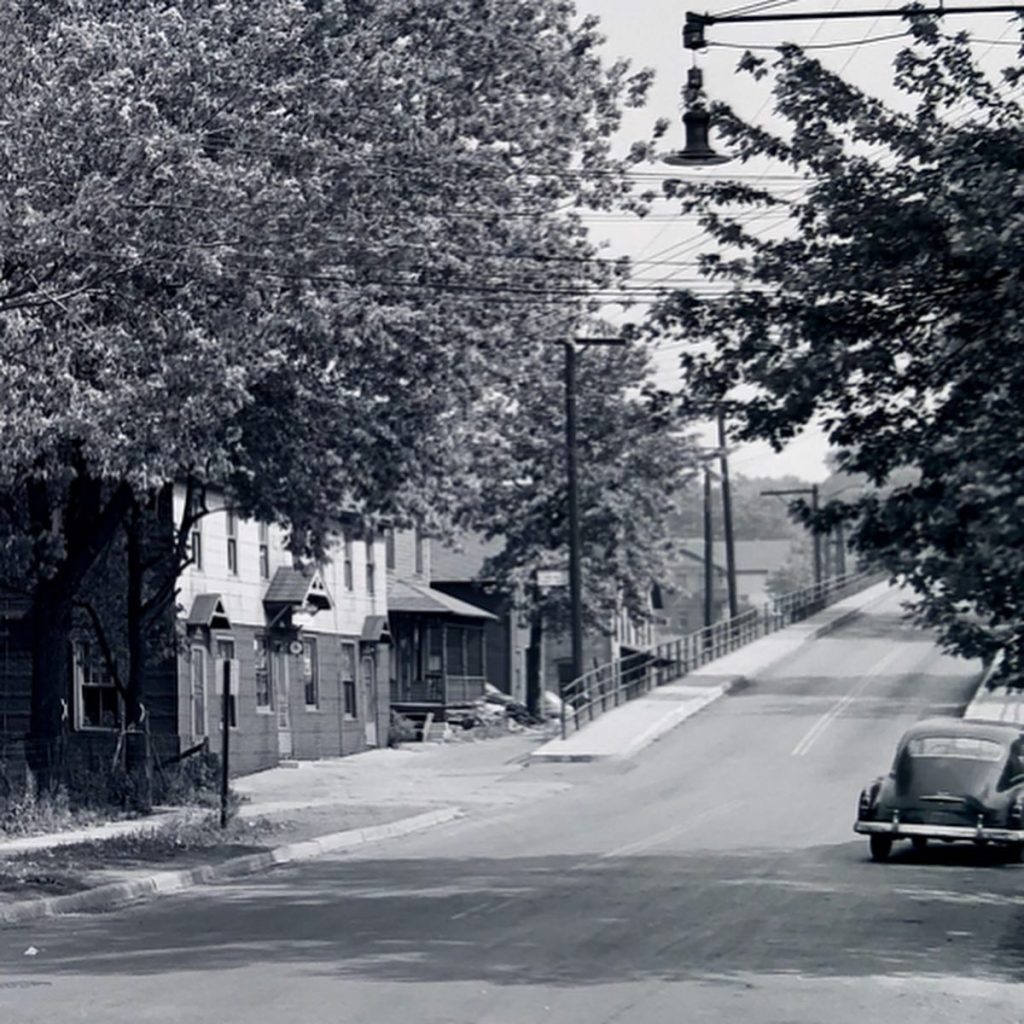
Although it had been brought up prior, the building of an overhead crossing on Arsenal Street would gain traction in 1900 to deal with “the Arsenal Street Nuisance.” Per the January 31, 1900 article in the Watertown Daily Times, the State would pay 1/2 the costs, and the railroad company and city 1/4 each.
The most objectionable feature of the present crossing is, that owing to the New York Central’s freight yard being situated in the street, a large amount of switching has to be done across the highway, to the intense annoyance of those people who have occasion to cross the tracks at that point, to say nothing of the danger of the accident.
Vexatious delays of highway traffic are now of daily and almost hourly occurrence, even when the city ordinances relating to the obstruction of the street are observed, which, however, are frequently disregarded by the trainmen.
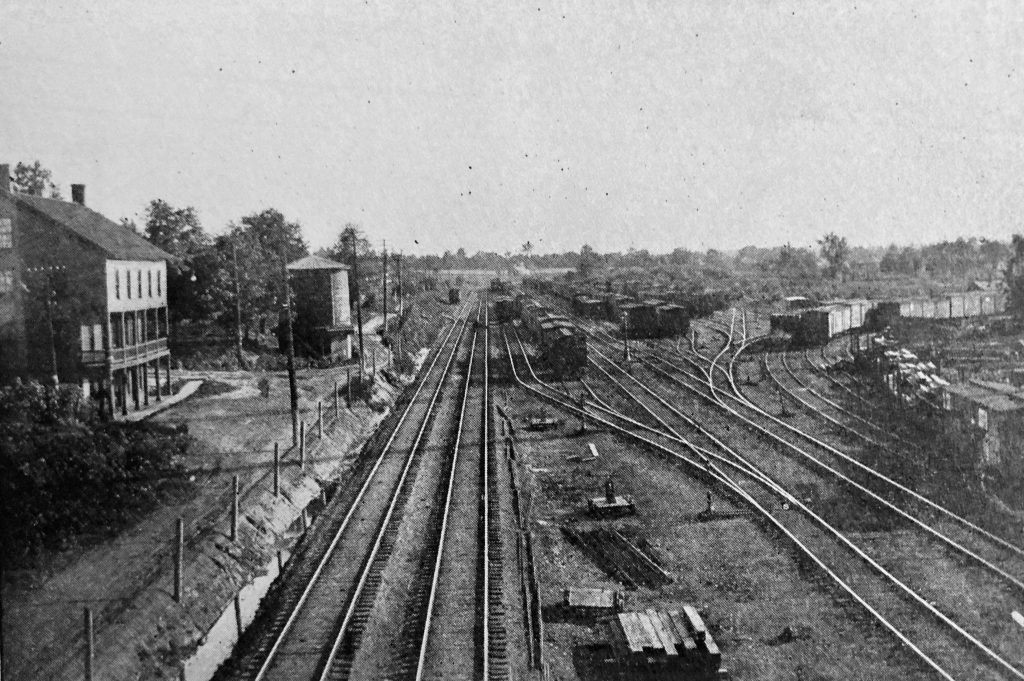
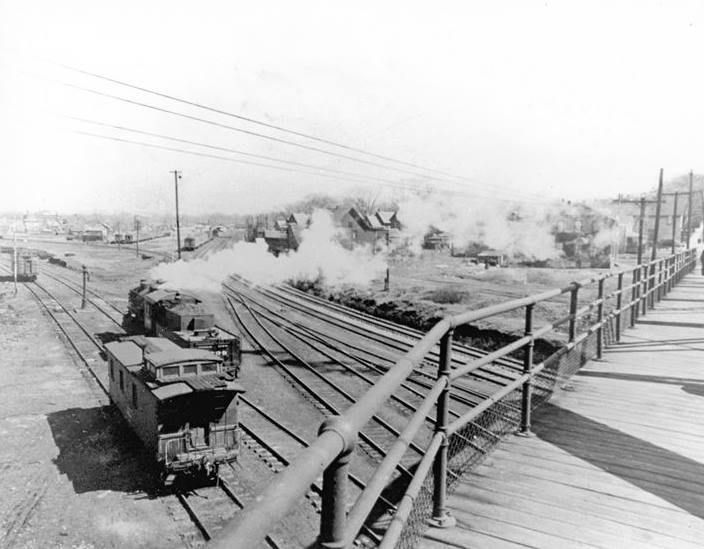
Indeed, searching through accidents in the vicinity of Watertown Junction in that area showed countless fatalities either by persons being hit by trains, particularly those switching tracks, crushed, or in several instances, having legs amputated or body severed in half after being run over.
The accidents and fatalities were the very same issues that existed throughout the city at crossings, whether it was with the new New York Central Freight House off W. Main Street in 1907, which led to the eventual construction of the double-deck Court Street Bridge or the new roundhouse off Pine Street and expansion of the Massey Street rail yard in 1917-1919.
Like many efforts in that period, the city would raise funds through popular subscriptions, some donations coming from outside the city as it the overhead crossing would benefit everyone involved.
According to the Railroad Gazette, 1900, Vol 32, Pg 601:
The bridge proposed by the New York Central over Arsenal Street will be of steel, about 780 ft long, and will cost about $33,000. The Railroad Commissioners on Aug. 20 authorized it.
Once completed, the steel Arsenal Street Bridge would last approximately a half-century before being replaced in 1953, according to the Arsenal Street Bridge Transportation Project Draft Design Report dated Feb. 2017.

At one point in 1910, it was feared the only 9-year-old bridge might need to be replaced with a new one. According to the Watertown Re-Union–
Gases from locomotives passing under the Arsenal Street bridge have so eaten the iron work that it may become necessary to replace the entire stretch of the long bridge or at least 125 Feet or more of it.
The New York Central railroad has its engineers here making an investigation and a report is expected in the near future. The matter has been kept quiet until Tuesday night, when it became known at the conclusion of the common council meeting.
According to the article, parts of the ironwork on the big structure had been eaten until so thin that the Engineer regards it unsafe, noting, “It’s a wonder that a heavy team has not plunged through the structure to the tracks below over with dozens of trains pass around the big freight yard.”
The area was also plagued by the lack of a sewage system. In 1919, the board of public works had asked for the appropriation of $900 to build a sanitary sewer on Scio Street, but no action was taken.
City Engineer Says that conditions there now were a menace to health as sewage flowed down openly under the Arsenal Street Bridge now and a sewer was badly needed.
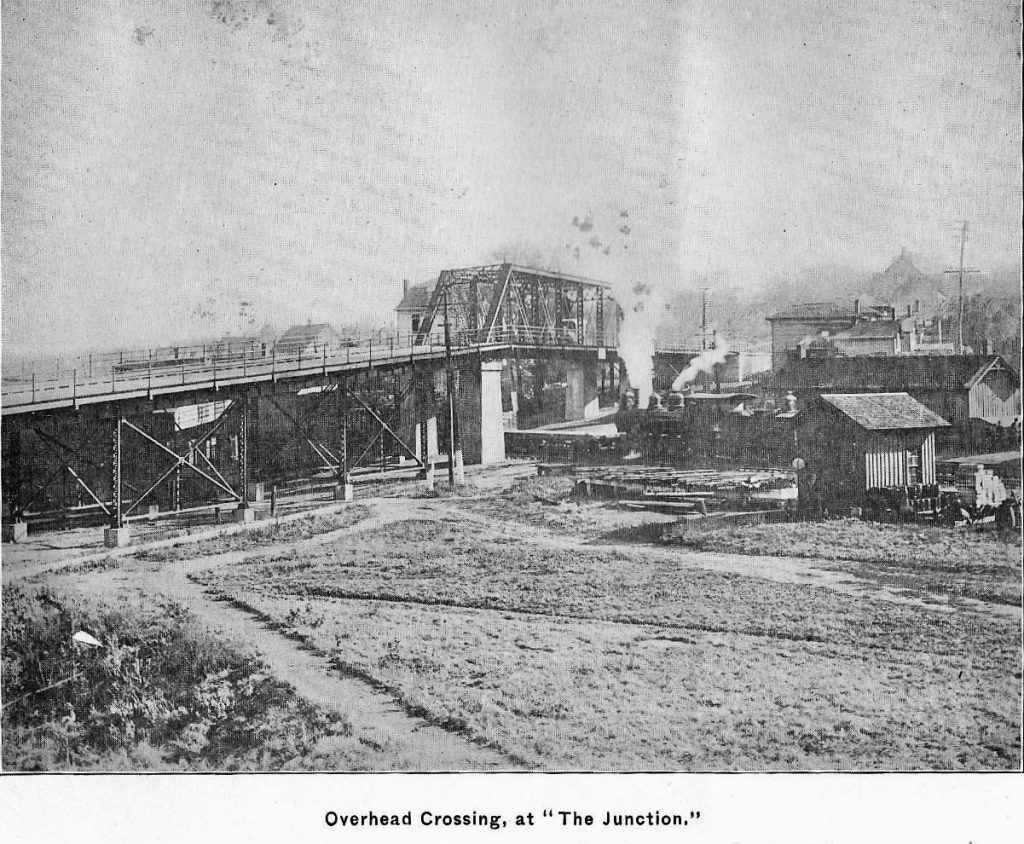
The bridge built in 1953 would be rehabilitated in 1971, adding two additional lanes and resurfacing. Starting in 2012, the State Department of Transportation would begin putting together a plan to assess the then-current state of the bridge. In 2017, they would release their draft design, noting the “structure is a multi-girder steel superstructure with a concrete deck and asphalt concrete overlay. The bridge has 4 spans with a total length of 284 ft. The bridge received a biennial inspection on October 2016 and received a General Recommendation rating of ‘4’.”
The draft report also explained why the project was needed, stating–
The continuous deterioration of the bridge deck will affect its ability to carry traffic if not addressed. The pavement surface on the approaches of the bridge exhibits cracking, raveling and wheel rutting.
The structural deck has areas of map cracking with light efflorescence, damp areas, and staining. There is also an isolated area (18 in. diameter) of exposed corroded reinforcing steel. The steel diaphragms and ends of girders below joints at the piers continue to exhibit moderate corrosion.
The pier bearings are showing moderate to heavy corrosion and expansion bearings are overextended. The steel superstructure in all spans, along with painted steel columns at all piers, exhibits missing and peeling paint throughout allowing surface rust to form along with areas of moderate corrosion to steel below leaking pier joints.
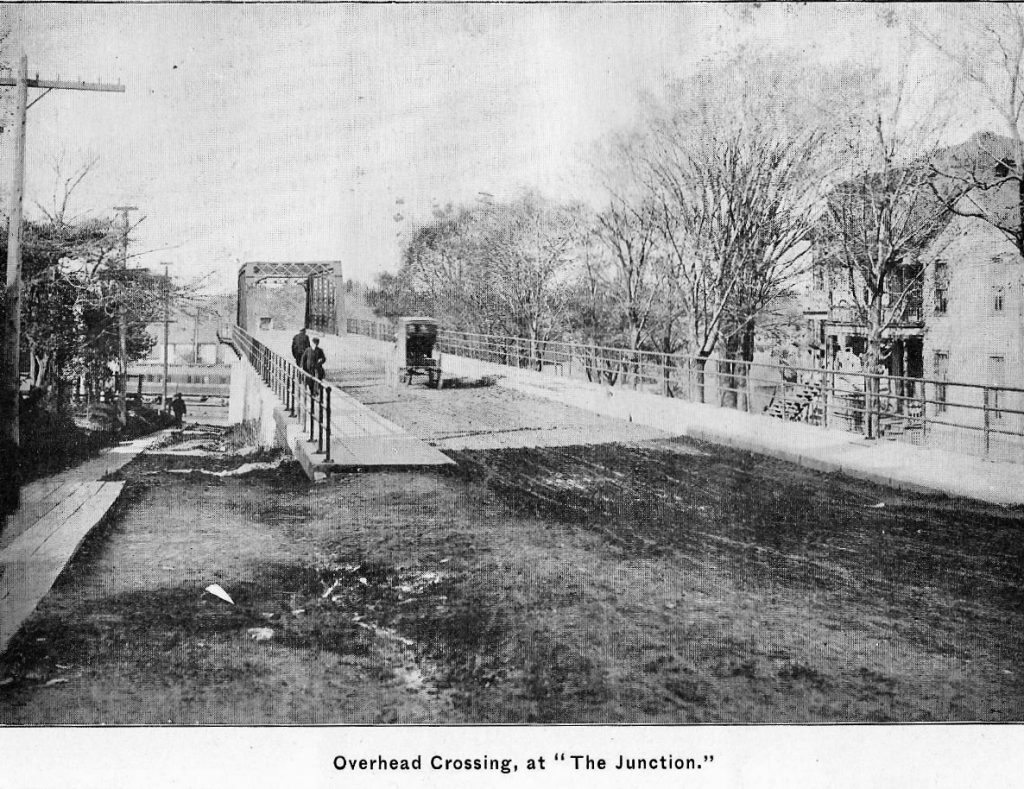
The options for the bridge project listed in the draft report were:
- Do Nothing, which was noted as not feasible.
- Major Rehabilitation with an estimated cost of $5.304M.
- Superstructure Replacement, removing the existing superstructure and replacing it with a new superstructure and modernizing the piers at an estimated cost of $6.864M.
- Bridge Replacement, which would entail removing the existing and structure and replacing it with a new one at an estimated cost of $9.256M.
The bridge would ultimately be replaced by a new four-lane bridge at an actual cost of $8.3 Million. Construction on the new Arsenal Street Bridge started in January 2019. With crews working around the clock, it opened to the public in December 2019 with an anticipated lifespan of 75 years.
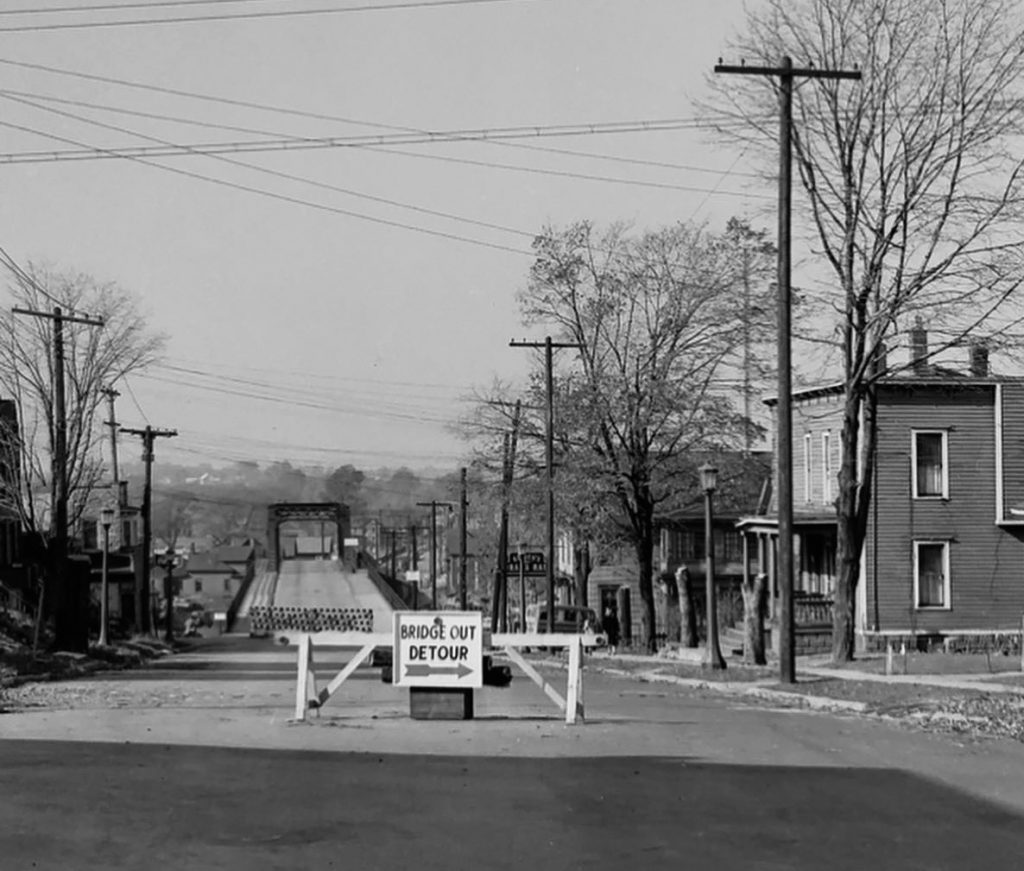
Interesting Tidbits
Part of the 2017 draft report included an analysis of the accident history on the bridge. The study period was from 4/1/08 to 6/30/12 and found 42 accidents. 45% of the 42 accidents were related to slippery pavement. 14 accidents occurred on wet pavement and 5 on snow, slush and/or icy pavement.
The predominant accident patterns identified were rear-ends and lane changes. Twenty-four accidents involved vehicles being rear-ended while either stopped or slowed. Fourteen accidents involved lane changes. The remaining 4 accidents were: left turn, right turn, u-turn, and hit a dog.
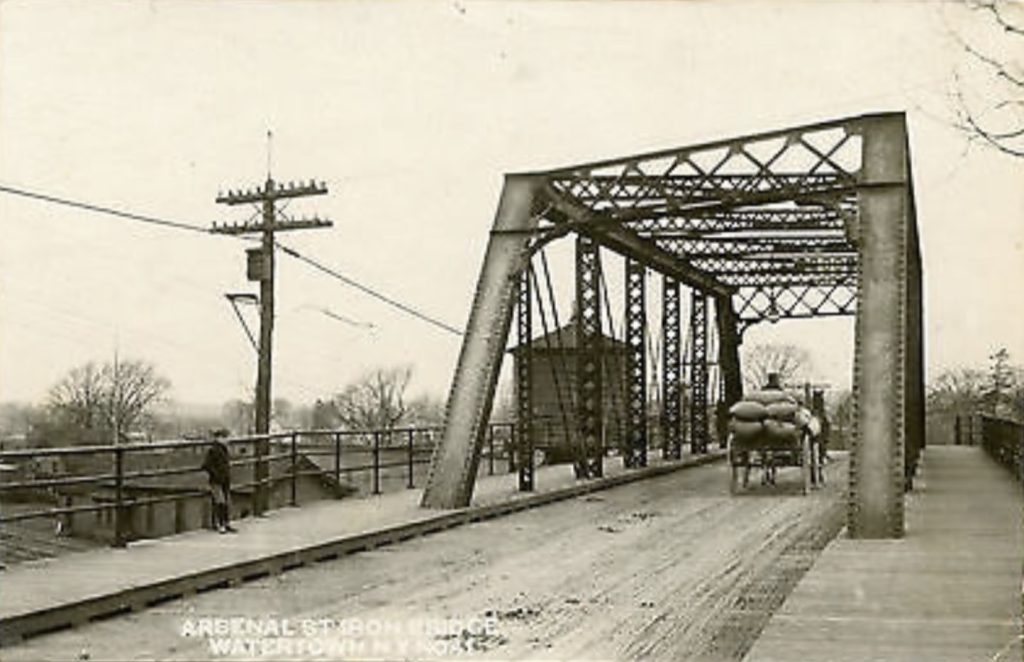
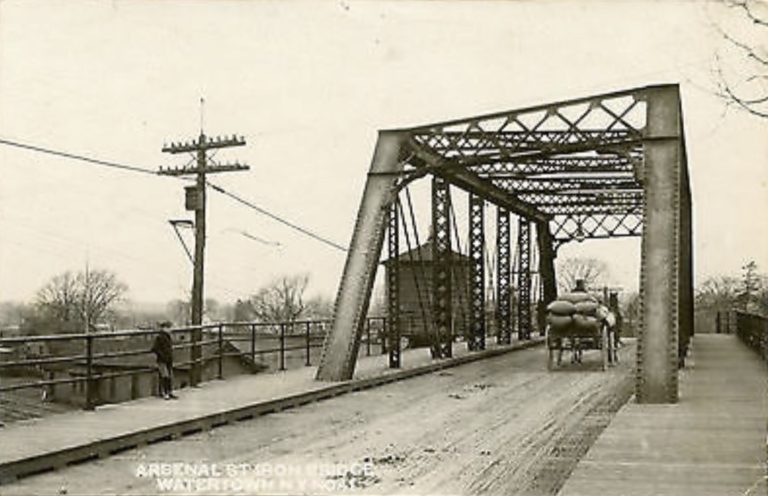
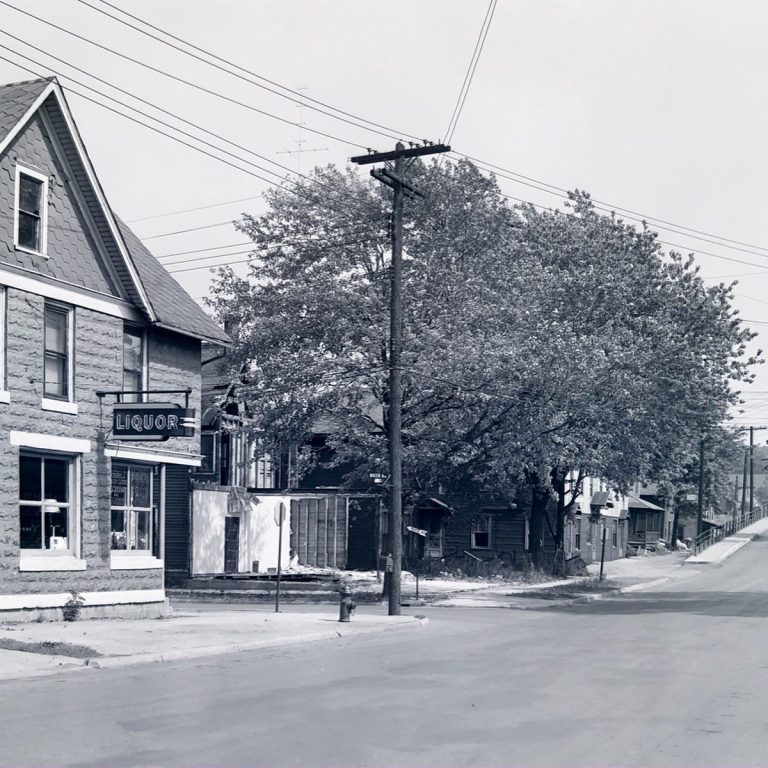
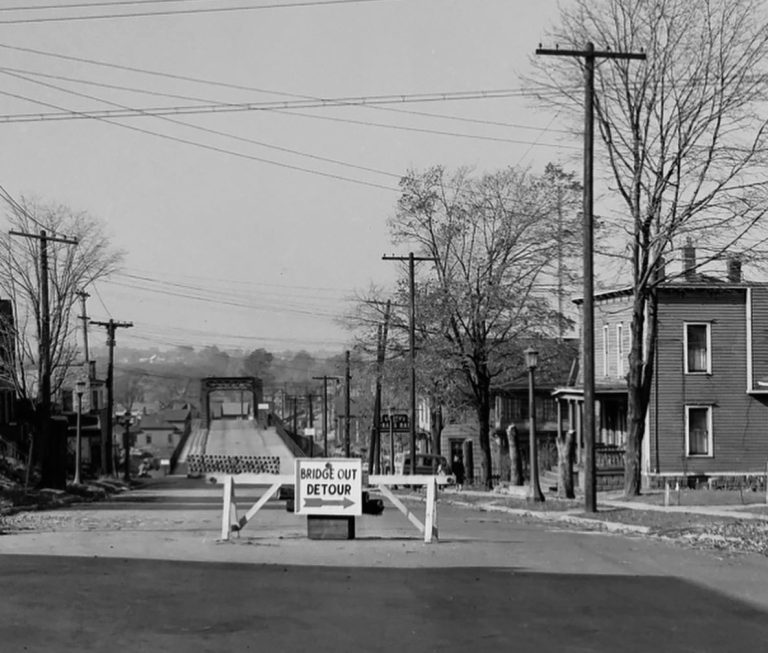
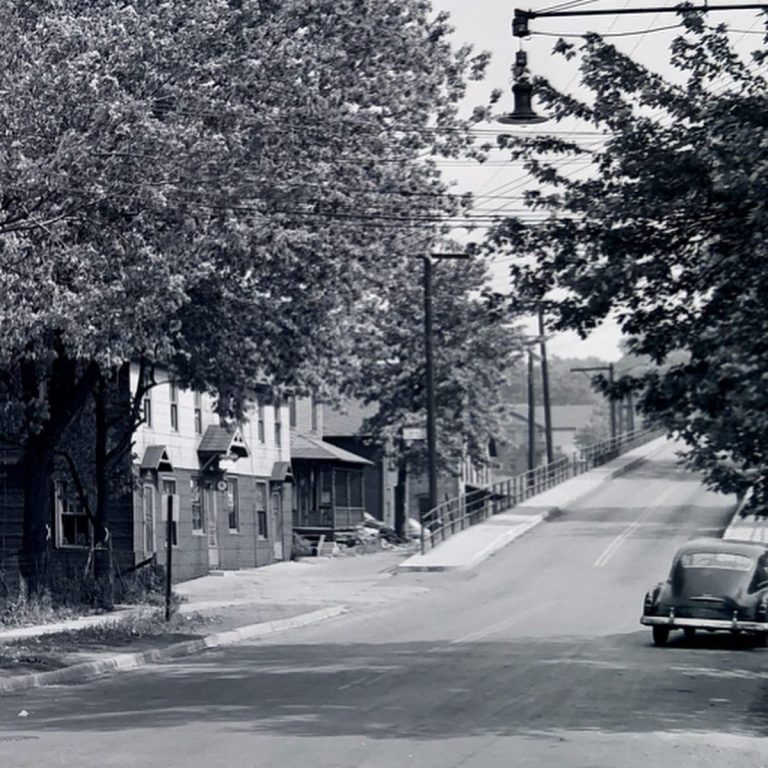
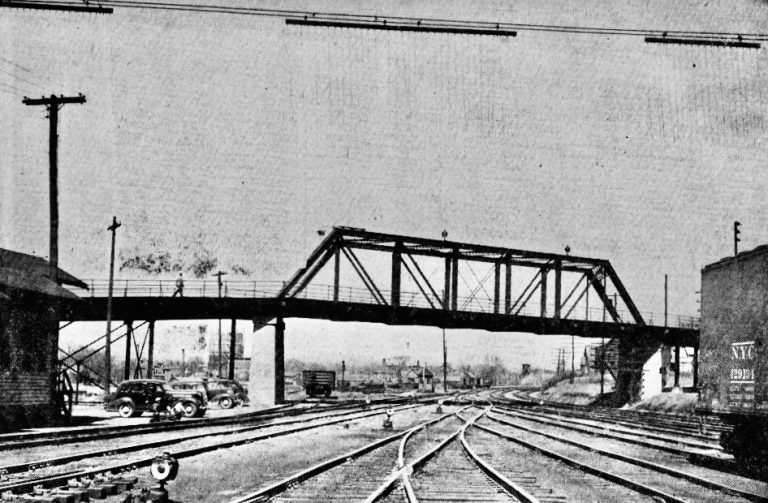



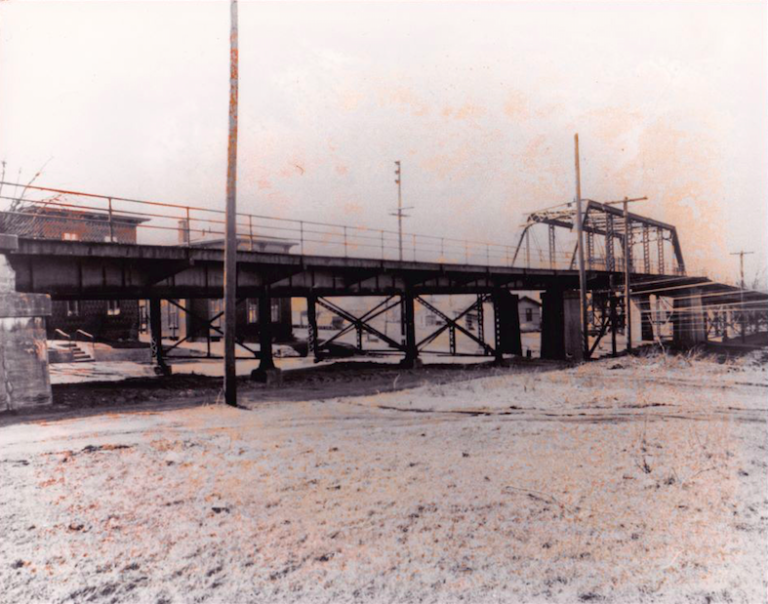
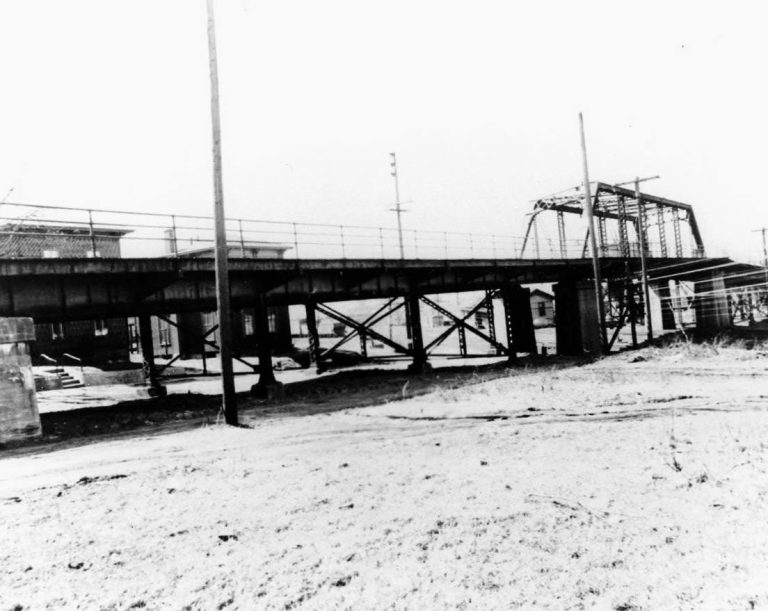
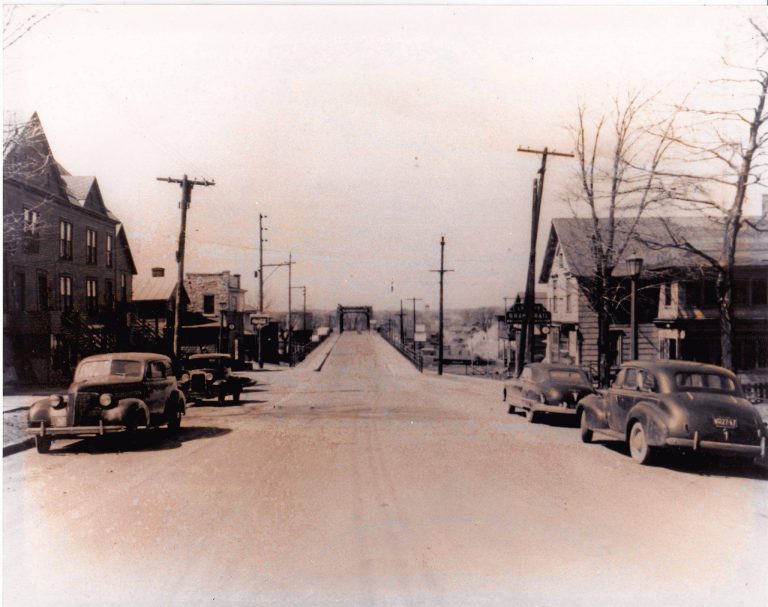
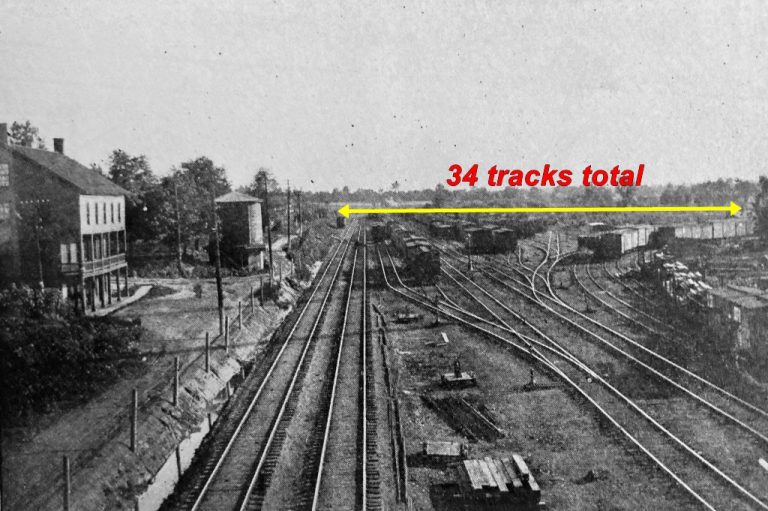
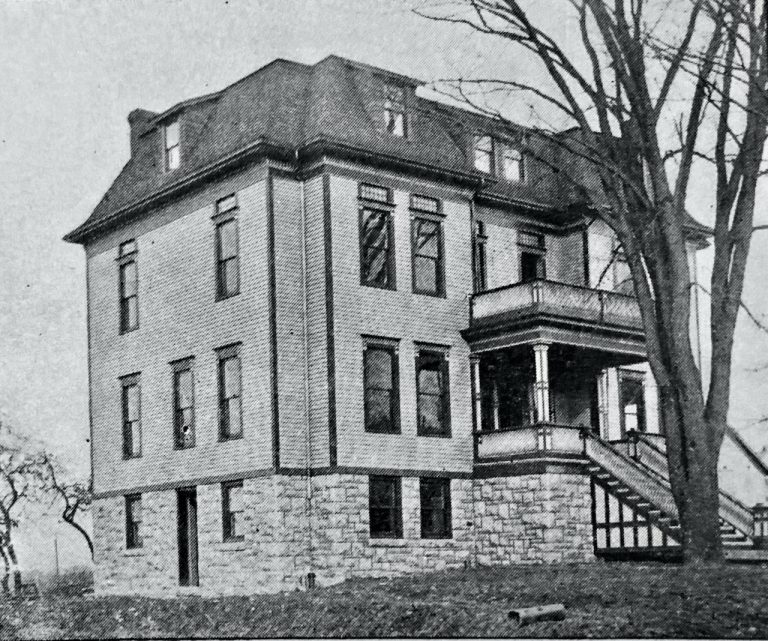
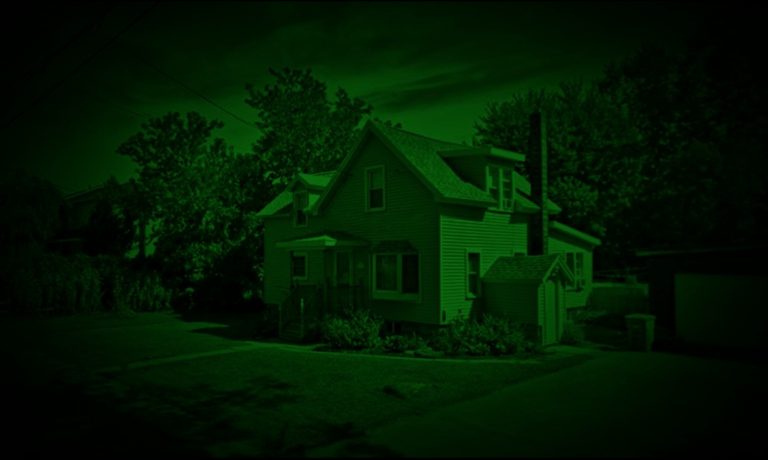

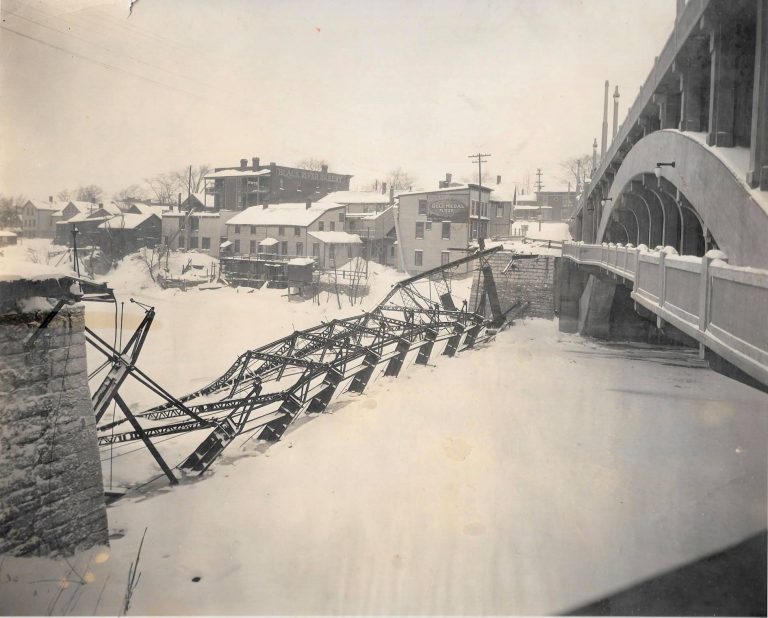
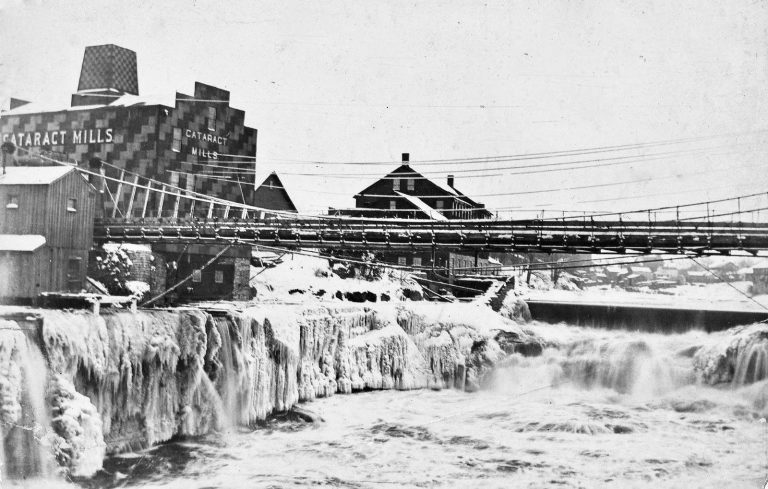
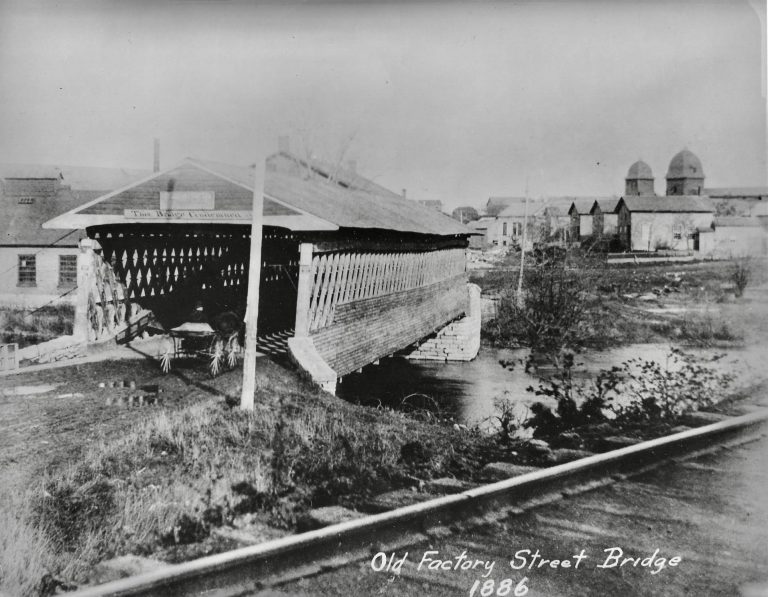

1 Reviews on “The Arsenal Street Bridges (c.1901 – Present)”
Watertown was a very important railroad town as the northernmost large city of the NY Central RR with a major infrastructure already in place for repairs to engines, cars and trackage. Someplace in my mess, I have a copy of the blueprints for the train yard built in 1917-1919. In the photo below, there were 34 tracks just west of the end of Pine Street (2 northbound, 2 southbound plus sidings and ladder tracks for car storage and access to shops for welding, axle and wheel bushings, engine and boiler repair, carpentry, upholstery, electrical and other types of repairs). Those shops were located to the right just out of the picture. Three of those old buildings make up part of today’s Massey’s Furniture Barn complex.